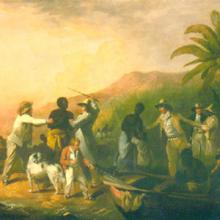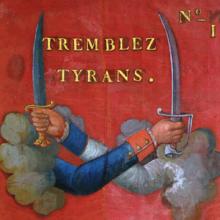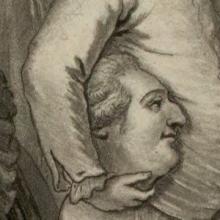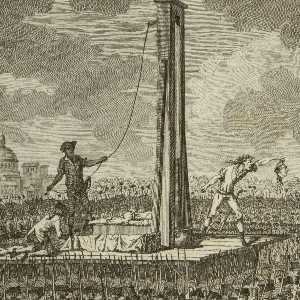Culture

Source Collection: Slavery and the Haitian Revolution
Since the revolutionaries explicitly proclaimed liberty as their highest ideal, slavery was bound to come into question during the French Revolution. Even before 1789 critics had attacked the slave trade and slavery in the colonies.

Chinese Posters: Propaganda, Politics, History, Art
Chinese Posters offers a rich collection of over 1,600 Chinese propaganda posters, representing a time period from 1841 to the present day, and a rich range of political, social, cultural, and visual themes.
Africa Speaks: West African University Students Write About Their Lives
The great strength of Africa Speaks is the honest and unfiltered voices of the Nigerien students. Rather than being described and defined by journalists, scholars, and other outsiders, they speak for themselves about the experience of growing up in a developing and politically unstable African
Source Collection: War, Terror, and Resistance to the French Revolution
One fault line that has divided inquiries into the Terror has been its connections to the democracy introduced in 1789.

Bonaparte Visiting the Hospital in Jaffa
This undated post-French Revolutionary print shows Bonaparte visiting a hospital in Jaffa. Of classical proportions, this image is centered on Bonaparte, who appears to be bringing order to an otherwise disorderly and chaotic scene.

Festival of Supreme Being
These depictions show the Festival of the Supreme Being during the French Revolution, a massive pageant staged by Jacques–Louis David on 8 June 1794, in open air on the "Field of Reunion," formerly the royal army’s parade ground.
Expulsion of the Girondins
Throughout the spring of 1793, radicals in the Convention, in the Paris Commune, and in the sections struggled for power against Brissot and his allies, known as the "Girondins." They differed over how the Revolution should be affected by popular pressure.

Source Collection: French Monarchy Falls
Although the monarchy had always struggled against elites over the definition of royal power, virtually no one could imagine France being governed without a king. At the outset of the French Revolution, only a handful of citizens had even contemplated a republic.

The Tragic End of Louis XVI
As 80,000 crowded into the square to watch the execution of Louis XVI, they cannot have been unaware that the guillotine sat where a statue of Louis XV had been. Here Sanson, the executioner, snatches the detached head of Louis XVI to show to the crowd. He leans forward with approving eagerness.
Robespierre’s Second Speech (28 December 1792)
As part of his defense, Louis’s lawyers had suggested the King should be judged not by the representatives of the people in the Convention but by the people themselves through a referendum.